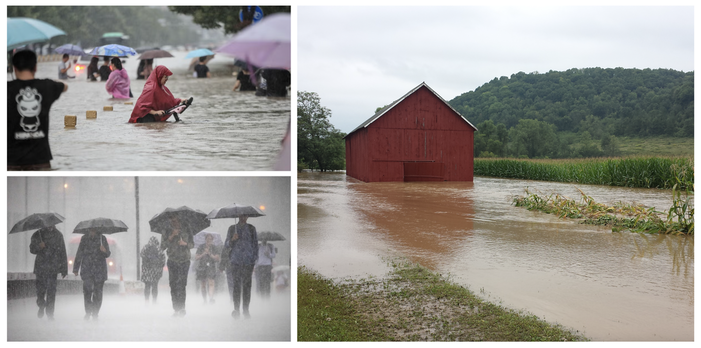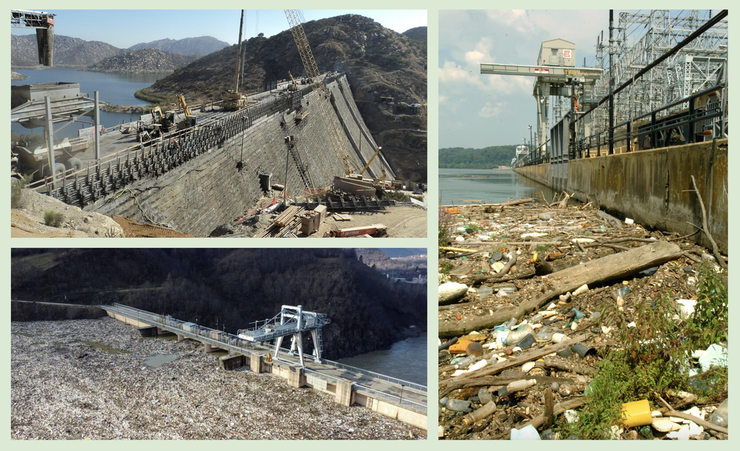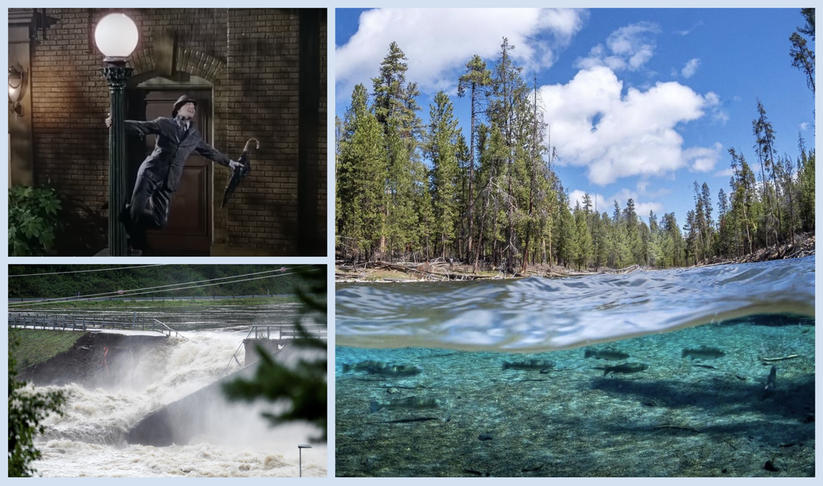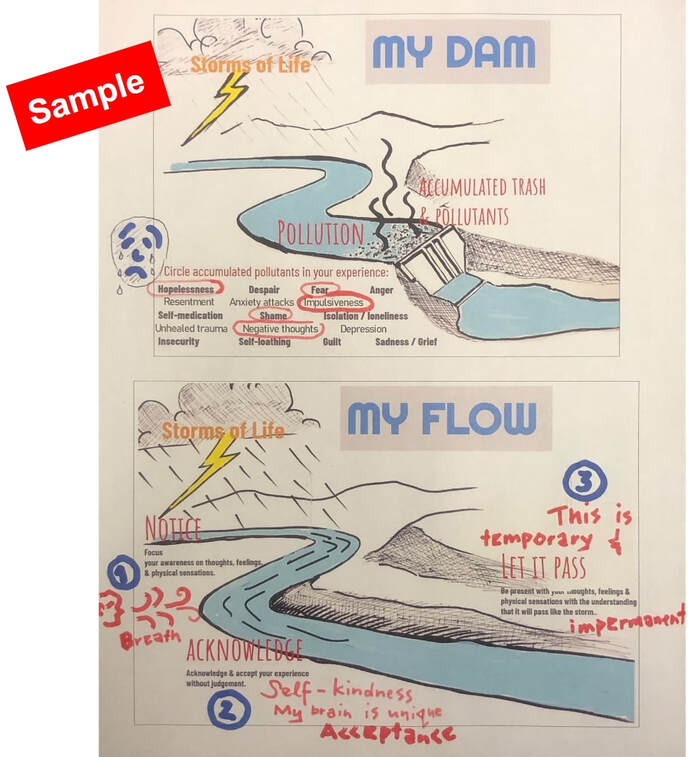INTRODUCTION
While coping tools are handy in dealing with life's storms, it is also important to have a well rounded skillset in weathering such storms. Our fear of getting overwhelmed and drowned by flash floods is real; hence, the human impulse to dam up the chaos - an action that has its own consequences. However, this story offers an alternative: yes, we may occasionally need our dams; we may need our umbrellas, raincoats, rain boots and galoshes; we may need our barometers and doppler radars to predict storms. But since the storm and the rain are part of life, we cannot avoid them. Sometimes we might just have to learn to dance in the rain.
While coping tools are handy in dealing with life's storms, it is also important to have a well rounded skillset in weathering such storms. Our fear of getting overwhelmed and drowned by flash floods is real; hence, the human impulse to dam up the chaos - an action that has its own consequences. However, this story offers an alternative: yes, we may occasionally need our dams; we may need our umbrellas, raincoats, rain boots and galoshes; we may need our barometers and doppler radars to predict storms. But since the storm and the rain are part of life, we cannot avoid them. Sometimes we might just have to learn to dance in the rain.

The Dam (by Chaplain Donnel)
Once there was a queen with a painful past who disliked storms. It made her remember life storms that were difficult and scarring. And the storms made her feel anxious. Its unpredictability caused stress: each time the storm came, the rivers rose and flooded certain parts of the kingdom. She thought that the unpredictable floods might drown her.
She decided that the best way to cope with the unpredictable storms was to control the river by building a dam. She believed that the dam would make her anxiety more manageable. The dam would prevent the floods from taking place, and keep the storm from becoming a threat.
Once there was a queen with a painful past who disliked storms. It made her remember life storms that were difficult and scarring. And the storms made her feel anxious. Its unpredictability caused stress: each time the storm came, the rivers rose and flooded certain parts of the kingdom. She thought that the unpredictable floods might drown her.
She decided that the best way to cope with the unpredictable storms was to control the river by building a dam. She believed that the dam would make her anxiety more manageable. The dam would prevent the floods from taking place, and keep the storm from becoming a threat.

She built her dam, and it served her well - at least for a while. Over time, the dam, which stopped the natural flow of the river, started trapping toxic materials: dead foliage from upstream, plastics, and other forms of trash. After the fish died, people suffered. The river stopped providing nourishment. Many people got poisoned and became very ill. Waterborne diseases caused deaths.
Desperate for wisdom to ease the suffering among her people, the queen invited the wisest sage to come to her palace courts. When the wise sage came, the queen asked: “What do we need to do? The rivers are now toxic - many people are ill and some have died.”
Desperate for wisdom to ease the suffering among her people, the queen invited the wisest sage to come to her palace courts. When the wise sage came, the queen asked: “What do we need to do? The rivers are now toxic - many people are ill and some have died.”

The sage said: “Welcome the storms. Instead of resisting or escaping them, learn to dance in the storm!”
“Welcome the storms, and dance in the storms?” asked the confused queen.
“Let the river naturally flow. Let the floods naturally happen - they will come and go just like the seasons,” the sage replied.
“But letting the river naturally flow would mean taking down the dam!” protested the queen.
The wise one explained: “Of course, you’ll have to take down the dam, but when the rivers flow freely without impediments, the toxins and the poison will be flushed out and the water will become clear once more.”
The queen ordered the destruction of the dam. And the river started to flow once more and the toxins and the funk disappeared. The fish came back, and the river became clear and bursted back to life. Life in the river was renewed, and so was the life of the queen and the people in the kingdom.
“Welcome the storms, and dance in the storms?” asked the confused queen.
“Let the river naturally flow. Let the floods naturally happen - they will come and go just like the seasons,” the sage replied.
“But letting the river naturally flow would mean taking down the dam!” protested the queen.
The wise one explained: “Of course, you’ll have to take down the dam, but when the rivers flow freely without impediments, the toxins and the poison will be flushed out and the water will become clear once more.”
The queen ordered the destruction of the dam. And the river started to flow once more and the toxins and the funk disappeared. The fish came back, and the river became clear and bursted back to life. Life in the river was renewed, and so was the life of the queen and the people in the kingdom.
REFLECTION QUESTIONS
- What did you find to be the most important part of the story? What resonated with you?
- What experiences have you had that is close to this story?
- Where do you find yourself in this story? Which part of the story is about you?
- What life storms have you weathered through? What dams have you built to control your storms?
- What things got trapped in your dam which kept the waters polluted and unhealthy?
Guide for Facilitators of Spiritual Care Support Groups

